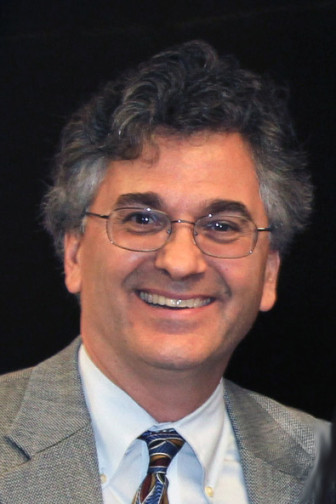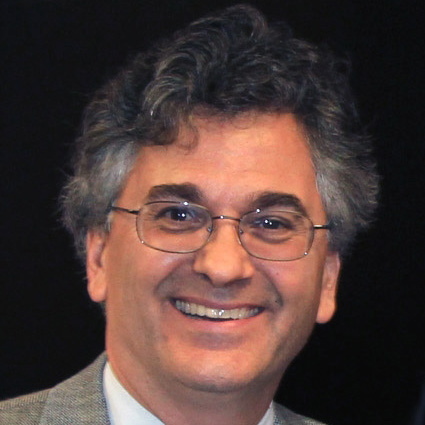 Forty-five years ago, Jerome G. Miller, Massachusetts’ commissioner of youth services, closed the notorious Institute for Juvenile Guidance in Bridgewater. This would be the first act in what would end up being the most dramatic — and successful — juvenile deinstitutionalization effort in the history of American jurisprudence. Miller, who would go on to have a lifetime career fighting mass incarceration, died last week at the age of 84.
Forty-five years ago, Jerome G. Miller, Massachusetts’ commissioner of youth services, closed the notorious Institute for Juvenile Guidance in Bridgewater. This would be the first act in what would end up being the most dramatic — and successful — juvenile deinstitutionalization effort in the history of American jurisprudence. Miller, who would go on to have a lifetime career fighting mass incarceration, died last week at the age of 84.
Jerome Miller’s passing provides us an occasion to examine lessons learned from the Massachusetts experiment as our nation grapples with our waning love affair with incarceration.
By all standards, juvenile corrections in Massachusetts in the late 1960s was a mess. Seven separate investigations over problematic juvenile conditions were conducted in Massachusetts just between 1965 and 1968. The Massachusetts Senate called the state’s juvenile facilities “a continuing nightmare,” finding that the majority of children “do not belong there.”
Despite these scandals, Miller faced fierce resistance to reform, mainly from his own staff, the majority of whom had gotten their jobs through political connections. Prior to Miller’s arrival, abuse of youth was widespread; isolation, though banned, was routine; and youths were humiliated by having their heads shaved and eating in silence.
In 1970, The Boston Globe wrote “the majority of youth service employees have spent most of their years viewing all delinquents as hardened criminal types … There was no real rehabilitation of kids … and the recidivism rate reflected it.”
Initially, Miller intended to reform, rather than shutter, these facilities. But the abusive institutional culture was so entrenched that as quickly as he could improve conditions, they entropied to bedlam.
So he decided to close them instead.
And close them he did. Over 18 months, Miller closed nearly all the Bay State’s large youth institutions, placing residents into a continuum of community-based supervision and rehabilitation programs. The number of kids in secure care declined from 833 in 1968 to 132 in 1974.
Fearing their jobs were in jeopardy, staff steadfastly resisted the closures, going so far as to incite youth to escape. In his brutally honest memoir “Last One Over the Wall,” Miller recounted that when word got out that he intended to close the Shirley Industrial School, escapes rose to epidemic levels and he actually found an escape map pinned to a bulletin board.
[Related: Movement to Restore Youth Begins by Ending Punitive Incarceration Model]
Miller wrote, “Seven youngsters were crammed into a single bunk room and given a crowbar by a staff member. When they weren’t out the window in an hour, he returned and asked what was taking them so long.”
Massachusetts’ staff complicity in escapes was chillingly similar to my own experience reforming the juvenile justice agency in Washington, D.C., 35 years later. Resistance to our reforms included one staff member lending an incarcerated youth his cellphone to call for a ride and staff turning a blind eye for hours while a group of youths methodically smashed chairs through a window to escape.
It turns out Miller was right, which there’s increasing bipartisan agreement on of late. We do have too many people locked up in America, often for no good reason, and to the detriment of their outcomes and our safety.
Research by Harvard University found that in the regions of Massachusetts where Miller established a full continuum of rehabilitative programs, juvenile recidivism declined substantially. A study by the National Council on Crime and Delinquency showed that recidivism rates for Massachusetts youth was significantly lower than in other states that relied on large institutions.
With results like these, it’s no surprise that, in 1986, the scholarly journal Law and Policy found that “the policy of deinstitutionalization still enjoys widespread support in Massachusetts.”
Miller’s reforms set a standard of decency and commons sense that was replicated afterwards in states as diverse as Utah and Missouri. But most states continued with business as usual, confining too many kids, for too long, in nightmarish facilities. Juvenile institutionalization rates mushroomed in the following decades, vaulting America to the international forefront in youth incarceration.
While those numbers have dropped substantially over the last decade or so, Miller’s successful experiment still resonates. As Patrick McCarthy, president of the Annie E. Casey Foundation, recently stated “I believe it’s long past time to close these inhumane, ineffective, wasteful factories of failure once and for all. Every one of them.”
Vincent Schiraldi worked for Jerome Miller’s nonprofit National Center on Institutions and Alternatives and went on to run the juvenile justice system for Washington, D.C., and the probation department for New York City.
More stories related to this one:
Judges Weigh In Against Shackling of Youth in Courtrooms
Campaign Seeks to Sharply Reduce Youth Incarceration
New Report Finds Incarceration for ‘Status Offenses’ Still Widespread

I was saddened to hear of Jerome Miller’s passing. I had the great pleasure of meeting him when he gave an inspirational lecture some years ago in London ( UK) and he offered some reassuring words about the importance of persisting in ones endeavours for lasting and positive change in the justice system which remained with me, his tireless and passionate committment to a more humane and just criminal justice system and incisive scholarship will be greatly missed.